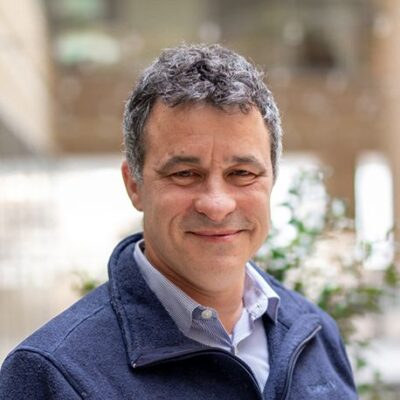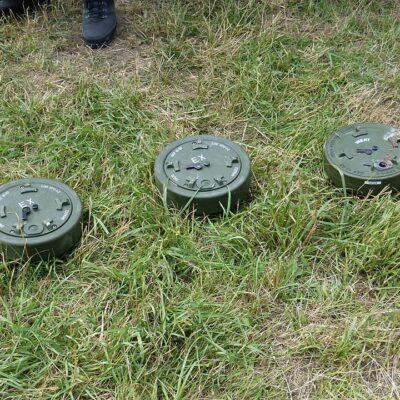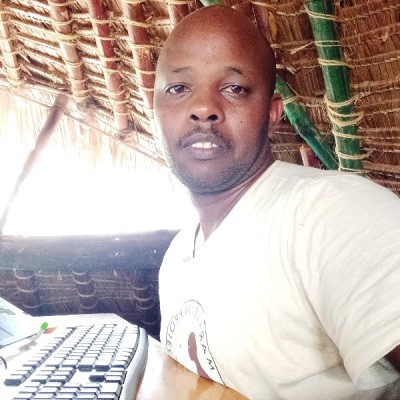Listeners:
Top listeners:
-
 play_arrow
play_arrow
100 | The Untold Story of the Voluntary Carbon Market
-
 play_arrow
play_arrow
99 | Mombasa’s Big Ship: Reviving Urban Mangroves by Raising Communities
-
 play_arrow
play_arrow
098 | The Case of the Tangled Titles: Unraveling the Legal Complexities of Land Ownership in the Amazon
-
 play_arrow
play_arrow
97 | The Mosaic, the Minefield, and a Manifesto
-
 play_arrow
play_arrow
096 | Encore Presentation: Tim Mohin on Overcoming Information Asymmetry in the ESG Movement
-
 play_arrow
play_arrow
95 | "Co" Benefits vs "Core Benefits:" Geoff Mwangi and His Theory of Change Steve Zwick
-
 play_arrow
play_arrow
94 | Zimbabwe's Cannabis Queen, Zorodzai Maroveke, AKA "Dr Zoey" Steve Zwick
-
 play_arrow
play_arrow
93| Digitizing Zimbabwe's Farms, with Chiyedza Heri Steve Zwick
-
 play_arrow
play_arrow
92 | COP 28 Article 6: Expectations for Final Day Steve Zwick
-
 play_arrow
play_arrow
91 | Article 6 Update from Dubai with Kelley Hamrick Malvar of The Nature Conservancy Steve Zwick
Transcript
Support Bionic Planet at patreon.com/bionicplanet
In Episode 99 of Bionic Planet, recorded in Mombasa, Kenya, the focus is on the efforts to revive the coastal mangrove forests that protect the seaside city and support its fishing sector. The episode features guests from the community-based organization, Big Ship, who have been working on mangrove conservation for 15 years.
The episode delves into the challenges faced in persuading communities to understand the importance of conserving mangroves and the innovative financing mechanisms used by Big Ship to fund their restoration efforts. The guests discuss the crucial role mangroves play in carbon sequestration, coastal protection, and supporting marine life.
The conversation highlights the Adopt-a-Site model employed by Big Ship, where degraded mangrove areas are identified, restored, and monitored over time. The guests emphasize the importance of engaging with the community, government institutions, and partners to ensure the sustainability of mangrove restoration projects.
The episode also explores the impact of youth involvement in mangrove conservation and the promotion of ecotourism as a sustainable income source for coastal communities. The guests share their experiences with the VIM program, which focuses on career mentorship and skill development for the youth.
Overall, the episode showcases the multi-faceted approach taken by Big Ship to address the challenges of mangrove conservation, promote community engagement, and create alternative livelihoods for coastal residents. The guests’ insights shed light on the importance of cultural preservation, environmental awareness, and long-term sustainability in mangrove restoration efforts.
Listeners are encouraged to support the podcast by leaving a five-star review and considering becoming a patron to help fund future episodes that aim to educate and inspire action in climate and biodiversity conservation finance.
Timestamps
In Episode 99 of Bionic Planet, recorded in Mombasa, Kenya, the focus is on the efforts to revive the coastal mangrove forests that protect the seaside city and support its fishing sector. The episode features guests from the community-based organization, Big Ship, who have been working on mangrove conservation for 15 years.
The episode delves into the challenges faced in persuading communities to understand the importance of conserving mangroves and the innovative financing mechanisms used by Big Ship to fund their restoration efforts. The guests discuss the crucial role mangroves play in carbon sequestration, coastal protection, and supporting marine life.
The conversation highlights the Adopt-a-Site model employed by Big Ship, where degraded mangrove areas are identified, restored, and monitored over time. The guests emphasize the importance of engaging with the community, government institutions, and partners to ensure the sustainability of mangrove restoration projects.
The episode also explores the impact of youth involvement in mangrove conservation and the promotion of ecotourism as a sustainable income source for coastal communities. The guests share their experiences with the VIM program, which focuses on career mentorship and skill development for the youth.
Overall, the episode showcases the multi-faceted approach taken by Big Ship to address the challenges of mangrove conservation, promote community engagement, and create alternative livelihoods for coastal residents. The guests’ insights shed light on the importance of cultural preservation, environmental awareness, and long-term sustainability in mangrove restoration efforts.
Timestamps
-
00:00:00 – Introduction to Big Ship Organization in Mombasa, Kenya
-
00:05:30 – Overview of Big Ship’s Thematic Areas and Programs
-
00:10:27 – The Adopt-a-Site Model for Mangrove Restoration
-
00:15:01 – The Impact of the VIM Program on Youth Participants
-
00:21:09 – Discussion on Carbon Finance and Alternative Financing Mechanisms
-
00:25:24 – Challenges Faced in Spreading Awareness and Engaging Communities
-
00:29:07 – Youth Awareness and Engagement in Mangrove Conservation
-
00:32:45 – Community Entry Strategy for Restoration Efforts
-
00:36:51 – Project Areas and Viability of Investments
-
00:37:48 – Youth Training and Ecotourism Program Promotion
-
00:40:13 – Cultural Adaptation and Appreciation in Coastal Communities
-
00:40:42 – Closing Remarks and Call to Action
Quotes
-
“You want to protect that ecosystem. So you keep on pushing and pushing until it comes into their senses and they get to realize they need to conserve.” – 00:00:35
-
“We know that the enemy is carbon, and we know its ugly face. We should put a big fat price on it, and of course, add to that, drop the subsidies.” – 00:01:29
-
“Mangroves shield the coast from storms and erosion, provide habitat for baby fish, and pull carbon dioxide from the atmosphere at a rate about 10 times higher per hectare than terrestrial forests do.” – 00:01:57
-
“But you quickly realized that the cost of even conservative harvesting, in terms of reduced protection, increased erosion, and plummeting fish stocks, not to mention climate impacts, dwarfed any income that people could get from timber sales.” – 00:03:23
-
“We are trying to tap into new areas. We also have a program that focuses on ecotourism. We want to venture into that.” – 00:07:32
-
“The investors are the partners who adopted sites. Like corporate? Even individual.” – 00:12:51
-
“It’s not really about being philanthropic, but just being reality, to be alive to the fact that conservation is a process.” – 00:13:24
-
“We are not interested in those huge chunks of plants for restoration. If the size of this room, which you can adopt, is enough to facilitate sustainability into the ecosystem, then let’s apply it.” – 00:24:03
-
“The finance will come. That’s what I keep telling myself about this show.” – 00:27:17
-
“You want to protect that ecosystem. So you keep on pushing and pushing until it comes into their senses and they get to realize they need to conserve.” – 00:32:55
Episodes
098 | The Case of the Tangled Titles: Unraveling the Legal Complexities of Land Ownership in the Amazon
Forest Carbon April 16, 2024
096 | Encore Presentation: Tim Mohin on Overcoming Information Asymmetry in the ESG Movement
February 29, 2024
95 | “Co” Benefits vs “Core Benefits:” Geoff Mwangi and His Theory of Change
Carbon Methodologies February 10, 2024






